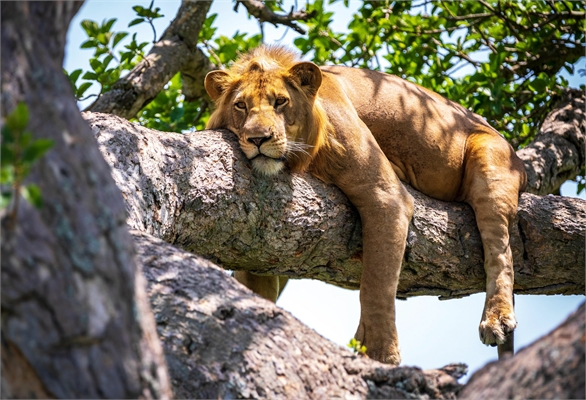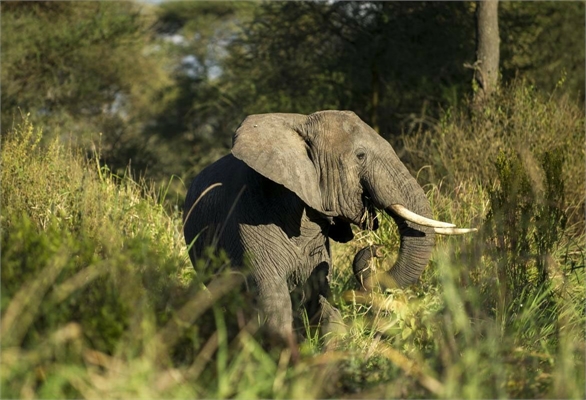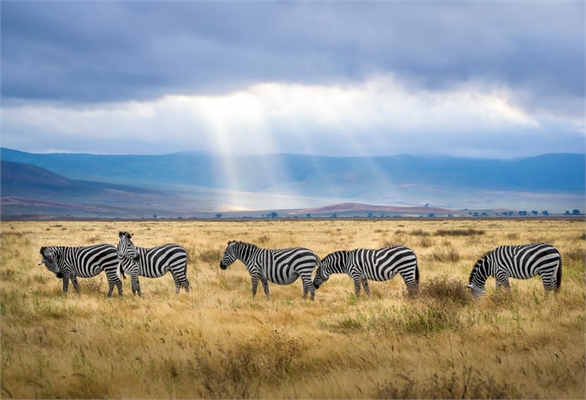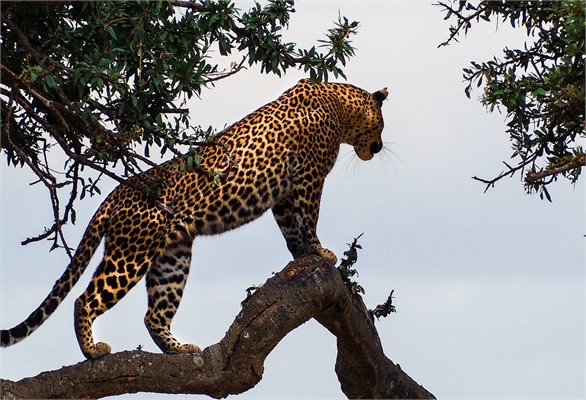Arusha National Park: Tanzania's Scenic Haven
Nestled in the shadows of the majestic Mount Meru, Arusha National Park is a compact yet breathtaking gem located in northern Tanzania. Though smaller than its famous counterparts like Serengeti or Tarangire, this park offers an unmatched diversity of landscapes and wildlife that make it a unique destination for nature lovers and adventure seekers alike. Covering an area of 137 square kilometers, Arusha National Park is a haven of scenic beauty, ecological diversity, and serene escapes from the bustle of city life.
The park’s proximity to the bustling town of Arusha, often referred to as the gateway to Tanzania’s northern safari circuit, makes it an ideal destination for day trips or as the first stop on a longer Tanzanian adventure. Despite its modest size, Arusha National Park showcases an extraordinary variety of habitats, from lush montane forests to sprawling savannahs and shimmering alkaline lakes. Each of these ecosystems is teeming with life, offering visitors a glimpse into the intricate interplay between flora and fauna in this protected area.
One of the park’s most iconic features is Mount Meru, the second-highest peak in Tanzania and a prominent figure in the park’s skyline. Rising to an altitude of 4,566 meters, Mount Meru serves as a striking backdrop and offers a challenging trek for those seeking a physical adventure. The climb to the summit is not just about the ascent; it is a journey through changing ecosystems, from dense forests alive with the calls of colobus monkeys to alpine meadows blanketed in wildflowers. On a clear day, the summit provides a stunning panoramic view of Mount Kilimanjaro, standing majestically in the distance.
The park’s diversity is further enhanced by its collection of alkaline lakes, including Momella Lakes, which are a magnet for bird enthusiasts. These shallow, soda-rich waters are home to countless flamingos, their pink hues creating a surreal contrast against the deep blue skies. Other waterfowl, such as herons, egrets, and ducks, add to the vibrant avian population, making the park a paradise for birdwatching. For photography enthusiasts, the combination of flamingos, reflective waters, and dramatic landscapes offers countless opportunities to capture stunning images.
Wildlife in Arusha National Park is as varied as its landscapes. The park is home to an impressive range of animals, including giraffes, zebras, warthogs, and cape buffaloes, all of which can often be seen grazing in the open grasslands. Elephants, though less common, are occasionally spotted in the park, while leopards and hyenas roam the area’s quieter corners. The park’s dense forests harbor blue monkeys and black-and-white colobus monkeys, their acrobatics providing endless entertainment for those lucky enough to spot them.
Arusha National Park is also one of the few places in Tanzania where you can embark on a walking safari, an intimate way to connect with the natural world. Guided walks allow visitors to explore the park on foot, immersing themselves in its sights, sounds, and scents. Whether trekking through the forested slopes of Mount Meru or strolling along the shores of Momella Lakes, these experiences offer a profound appreciation for the intricate details of the environment that are often missed during vehicle-based safaris.
For those seeking even more adventure, the park offers canoe safaris on the tranquil waters of Momella Lakes. Gliding silently across the lake’s surface, visitors can observe wildlife at eye level, from hippos wallowing in the shallows to waterfowl darting gracefully over the water. This unique perspective on the park’s wildlife and landscapes is both peaceful and exhilarating, making it a must-try activity for adventurous travelers.
Arusha National Park’s rich history and cultural significance add another layer of depth to its appeal. The park lies within the traditional lands of the Meru and Maasai people, whose presence and influence remain evident in the surrounding communities. Their deep connection to the land is reflected in their customs, traditions, and stories, offering visitors a chance to learn about the cultural heritage that complements the park’s natural wonders.
Despite its many attractions, Arusha National Park remains less visited than Tanzania’s larger parks, giving it an exclusive and tranquil atmosphere. This relative solitude allows visitors to experience the park’s beauty without the crowds, making it an ideal retreat for those seeking a more personal connection with nature. Whether it’s the call of a fish eagle echoing across Momella Lakes, the sight of giraffes browsing in the savannah, or the awe-inspiring silhouette of Mount Meru at sunrise, Arusha National Park captivates the senses and leaves a lasting impression.
Conservation efforts play a crucial role in preserving the park’s ecological integrity. The Tanzanian government, alongside local communities and conservation organizations, works tirelessly to protect the park’s wildlife and habitats. Initiatives such as anti-poaching patrols, community education programs, and sustainable tourism practices ensure that Arusha National Park remains a thriving sanctuary for generations to come.
Whether you’re an avid adventurer, a wildlife enthusiast, or someone looking to immerse yourself in the tranquility of nature, Arusha National Park offers something for everyone. Its blend of stunning landscapes, diverse wildlife, and cultural richness make it a destination unlike any other. As you explore its forests, lakes, and savannahs, you’ll find that this hidden gem has a way of capturing your heart and inspiring a profound appreciation for the natural world.
In the end, Arusha National Park is more than just a place; it’s an experience that stays with you long after you’ve left its borders. It’s a reminder of the beauty and resilience of nature, a testament to the importance of preserving our planet’s wild spaces, and a sanctuary where the soul finds peace in the embrace of the wilderness.





